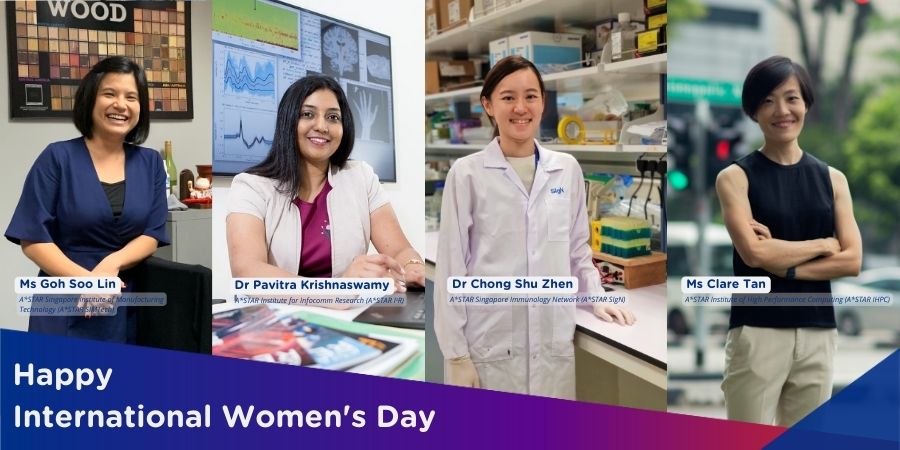Bioengineering
| Email: beh_cyrus@ibb.a-star.edu.sg Tel: 68247105 Dr. Cyrus Beh received his Bachelors in Bioengineering from the National University of Singapore, and his Ph.D. in Biomedical Engineering from the Johns Hopkins University. Since returning to Singapore in 2014, he has worked in A*STAR’s Molecular Engineering Laboratory. He has been involved in various A*STAR research initiatives, and has received more than $2.7 million in funding for his projects, with ongoing collaborations with researchers from A*STAR, NTU, as well as local hospitals (NUH and TTSH). His research interests include bioprinting of cells and organoids, with the goal of creating vascularized constructs that may can serve as living devices. The strategy is also being used to print biomaterials to facilitate high density cell culture for biomanufacturing applications. He has also applied his expertise to develop a fluidic device for cell transfection, intended for cellular immunotherapy manufacturing. His other research work include instrument prototyping, in the development of a novel 3D bioprinter designed and built in A*STAR; polymer chemistry; microfluidics and microfabrication; fluorescence spectroscopy. Ph.D. in Biomedical Engineering, Johns Hopkins University, 2014 BSC in Bio Engineering, National University Of Singapore, 2007 | |
| Publications Cyrus Beh - Google Patents List of Patents  Bioengineering brings together knowledge in molecular and cell biology, materials science, and engineering principles, in order to develop fresh and novel approaches to address challenges in various fields. The work can be broadly divided into two areas: 1. Bioprinting – We develop bioprinting instruments, methods, and materials, as well as cell differentiation protocols to create cell-containing constructs. These constructs can serve as a way to deliver cellular therapeutics, or may be employed to create matrices with tunable properties for high density culture of cellular therapeutics. Working closely with biologists, the tissues of interest include skin, pancreatic, and neural tissues. In addition to mammalian cells, microbial cells have also been printed, with an aim to create biosynthetic factories. 2. Device design and prototyping – Leveraging on the team’s ingenuity and experience with fluidics, we develop easily deployable tools for various applications that have minimal requirements in terms of instrumentation, so as to encourage adoption. These include a RT-LAMP assay that is wholly contained in the cap of a sample tube and which requires no pipetting or complex fluidic control; a device that enables sample preparation for digital PCR as well as cell encapsulation, that requires only a standard centrifuge; and a cell transfection device that can process huge numbers of cells rapidly, using only a peristaltic pump, designed to be compatible with existing clinical cell preparation instruments. The research fellows and scientists working in this area include Cyrus Beh and Ruth Chai. We are also involved in a large number of collaborative projects with researchers at IMCB, IBB, SIMTech, and A*SRL. As every application is unique and requires a different approach, we welcome potential collaborators who have problem statements that require a bioengineering approach to get in touch. |
A*STAR celebrates International Women's Day

From groundbreaking discoveries to cutting-edge research, our researchers are empowering the next generation of female science, technology, engineering and mathematics (STEM) leaders.
Get inspired by our #WomeninSTEM
.png?sfvrsn=c3edc68e_5)
